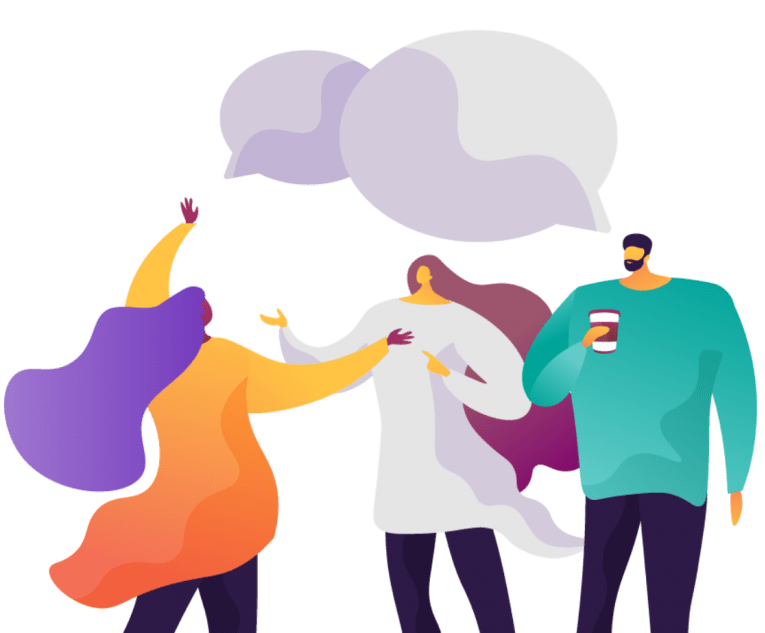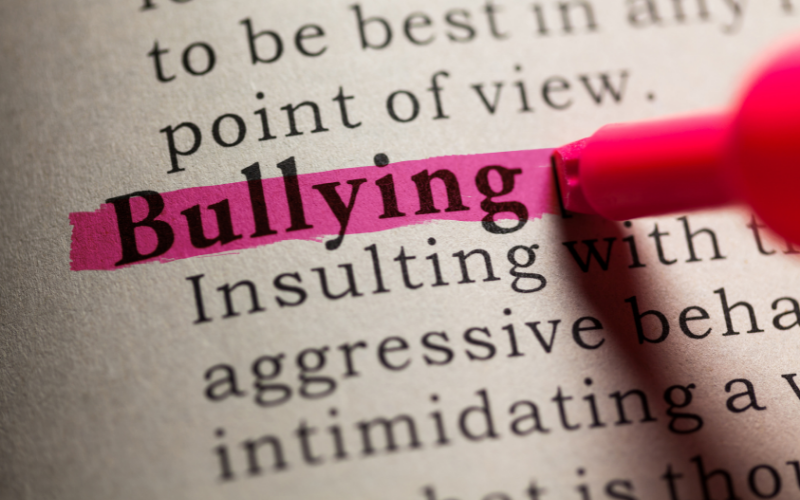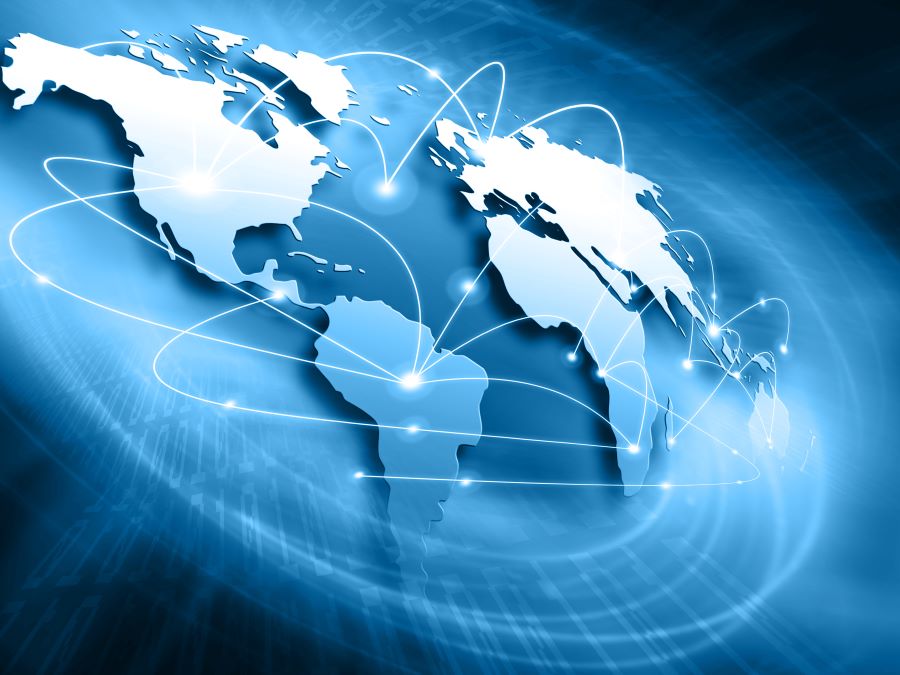It’s all too easy for business leaders to undervalue the need for diversity, equity, and inclusion (DEI) programmes – especially when employee engagement surveys come back with high scores. The sentiment is often: “if it’s not broken, why fix it?”
However, as a Black professional woman in the tech industry seeking to be highly engaged with her work and work culture, DEI at work certainly matters a great deal to me.
Aggregate engagement scores tend to obscure the detail of intersectional lived experiences. In September 2021, I handed over the reins of the Achiever’s Women’s Network (AWN) employee resource group (ERG) to our brilliant, passionate volunteer Laura Curk, who is doing a phenomenal job. I then took on the leadership of our DEI ERG. By sharing my reflections on this transition, I hope to encourage others to lead or get involved with DEI initiatives in their organisations.
Making the case
Before setting up a DEI ERG, the first thing most people must do is make the business case for it. Fortunately, when I started, ours had already been established. However, if you need to do so, there are reams of research out there – including our own – that clearly demonstrate that when employees feel a sense of belonging, they’re happier, more productive, and likely to recommend and stay in the company. Whether your leaders are swayed more by soft human benefits or hard business outcomes, the case for DEI is conclusive.
What role do you want to play?
Invariably, leading a DEI ERG is much more complex than one focused on a single group. Inevitably, there are competing interests and priorities, along with detractors and challenges. To gain people’s trust and goodwill, you need empathy, humility, and good listening skills. But you also need assertiveness and inner strength to manage conflict and set boundaries. Above all, you need a genuine, non-judgemental curiosity for people whose lived experiences are entirely different to your own.
If this sounds like an impossible mix of traits, I promise that if you have a strong passion for DEI and an open heart (and mind), you will find and cultivate the right qualities within yourself.
In terms of technical skills, to lead a DEI ERG, you need to manage multiple workstreams, communicate effectively, and, crucially, delegate. Fortunately, for my day job as a professional services leader, I have a project management background. This proved to be a solid foundation for ERG leadership; however, it can be learned.
Sharing lived experiences in community circles
A format that’s proving very popular is the Community Circle. These allow people to reflect, come together, and promote constructive dialogue and humanity around current issues that affect marginalised groups. Our first one – close to my heart and many of my colleagues – was themed on Black History Month.
We are currently working towards a quarterly Community Circle; as an example, one to highlight is our ‘Why we Celebrate’ series, which spotlights a global holiday that people in Achievers observe. This quarter we are featuring Ramadan and profiling colleagues, hosting themed happy hours, and many more activities.
There is beneficial cross-pollination between the AWN and the DEI ERG. Our approach is to amplify what others are doing while staying in our lane. For example, we used one of our live “Only one in the Room” events in 2020 for #BlackLivesMatter and in 2021 for #StopAsianHate to amplify marginalised voices in partnership with AWN.
Building a volunteer team
Unless your company is small, you won’t be able to run an ERG on your own. In my mid-sized, global company, I lead a team of about 35 volunteers. Our volunteers are all company employees who commit 10-20% of their time to the DEI ERG work. Almost half of them work with me on day-to-day initiatives, while the rest work on special projects.
Without question, my most valuable contribution to ERGs – and what gives me the biggest buzz – is enabling volunteers. Right now, I’m working on setting up sub-teams with the resources, skills and confidence to move forward on their own successfully. As with the AWN, the considerable extra time I’m spending on this now is an investment that I know will pay big dividends.
Live or online?
In the early days of the AWN ERG, people only met in person. However, since the pandemic, we’ve been predominantly holding meetings online. Although there are some drawbacks, these are offset by the benefit of being able to include and engage with our people regardless of where they’re located. I expect that, over time, we will progress to a hybrid model where some meetings take place live and others online.
Integrating DEI into our policies, product and messaging
Internally, we collaborate with stakeholders cross-departmentally to ensure that DEI messages, people practices, and even our products promote inclusivity and belonging. For example, somebody pointed out that our pronouns were not included in our email notifications. The person leading our product pillar took that to development, and they were able to immediately change it to include they/their pronouns. That’s a small, quick win.
It is also important to know that we’re taking an action-oriented approach rather than a top-down strategy. We want our DEI approach to start with the awareness that produces activity and then build a strategy around accountability metrics driven by that activity. The employee feedback and experience with our initiatives will be critical in assessing whether we’ve hit the nail on the head.
My personal goal
We’ve set out on a three-year journey with simple, high-level goals: the first year’s focus was on building awareness; 2023 is all about action, and the next will be accountability to the business. However, when I reflect on my experience as mostly the only Black woman in a meeting room, I have a more personal goal. I want everyone who is marginalised to find their rightful place at our table and for their personal experiences to be witnessed, understood, upheld, and valued.
By Bianca West, Head of Professional Services EMEA and DEI Committee Chair, Achievers.







